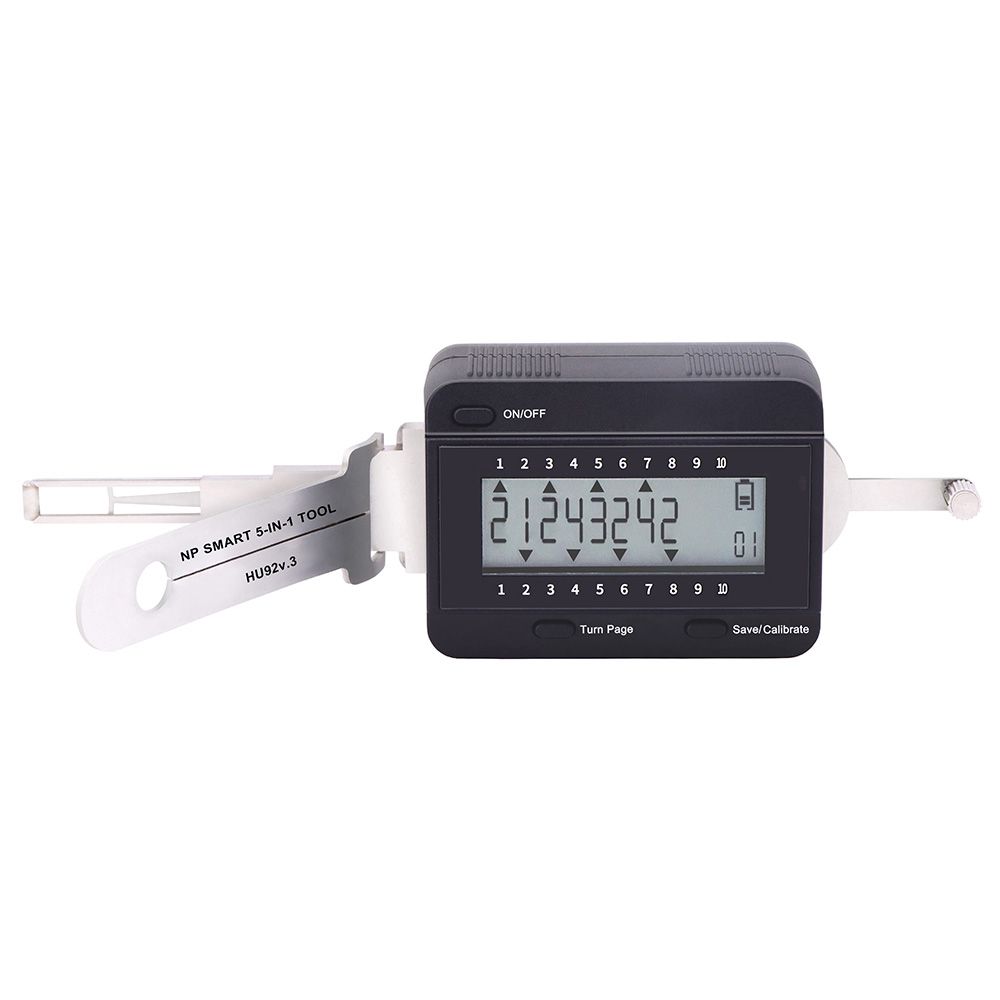

You can access this on the keyboard by holding COMMAND + OPTION + MIDI Vertical Zoom: This works on the same principle as the audio vertical zoom buttons but it only applies to MIDI and instrument tracks. This it is why it is important to monitor peaks with the LED meter and not rely too much on the waveform display. This is not the case, the waveform is just zoomed in too much within the region boundaries. However, by zooming waveforms vertically it might appear that the waveform is peaking. This makes it easier to see the overall peaks of a particularly quiet waveform. Audio Vertical Zoom: These buttons increase the vertical size of the waveforms within regions. You can also do this by holding COMMAND +. Zoom In / Out: These buttons enlarge the waveform view horizontally.


#Pro tools smart tool pro#
This is definitely the hardest way to edit in Pro Tools, but it is also the most accurate. When you attempt to move a waveform in spot mode, the spot dialog window will appear and give you access to the timebase of the region which you can type in new values for. Spot mode is based on a dialog system that is very useful when regions are synced to a time clock source such as video or other time locked audio. Additionally, you can change the way the grid operates by changing it to view time in divisions of samples instead of bars and beats. You can also change the way the grid operates based on a predetermined conductor track that allows for tempo and meter changes. You can change the grid to operate within every musical division of time, such as, whole note, half note, quarter note and so on. This mode is based on a musical tempo system. When using Pro Tools for electronic music production and when recording live music to a click track. Grid mode is quite possibly the most useful edit mode in the program. It will also automatically place regions right against each other when they are moved. Shuffle mode works almost the same way as slip, but when you move one region over the other it will move the adjacent regions forwards in time thus changing the timing of the whole session. In slip mode you can overlap different regions without changing the timing of the session. You can overlap different regions and move stereo tracks in and out of phase with each other. When in slip mode, you are able move waveforms freely backwards and forward through the timeline. You can cycle through the different modes by hitting F1, F2, F3, and F4. There are four different edit modes available that changes the way the timeline operates in the edit window. We will take a look at what each of these buttons do. It also gives access to some MIDI and sync functions of well. The edit toolbar gives access to most of the editing modes and tools used in Pro Tools.


 0 kommentar(er)
0 kommentar(er)
